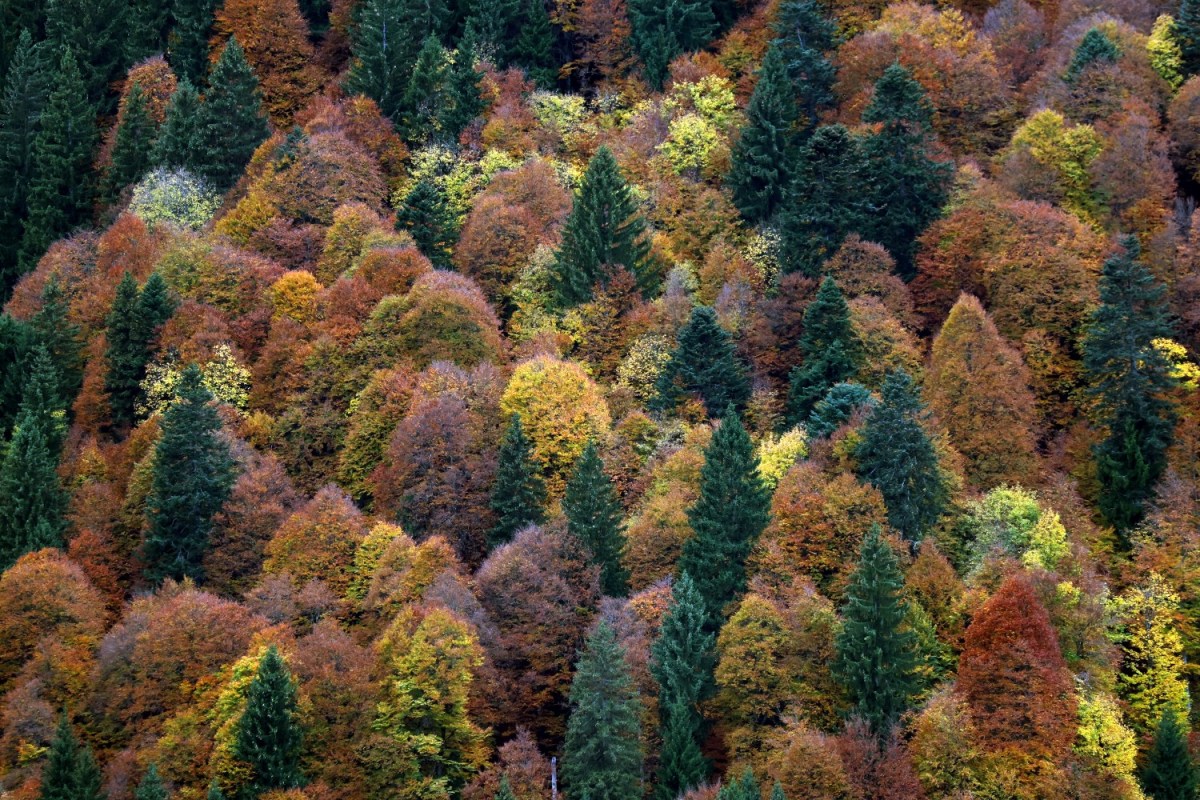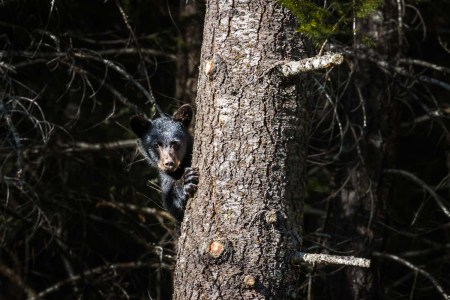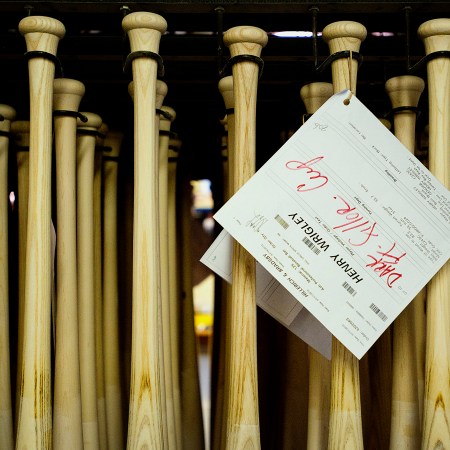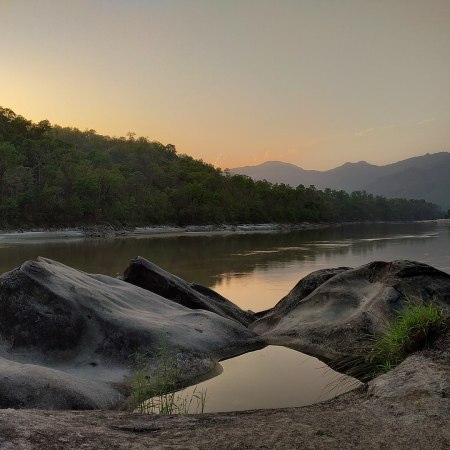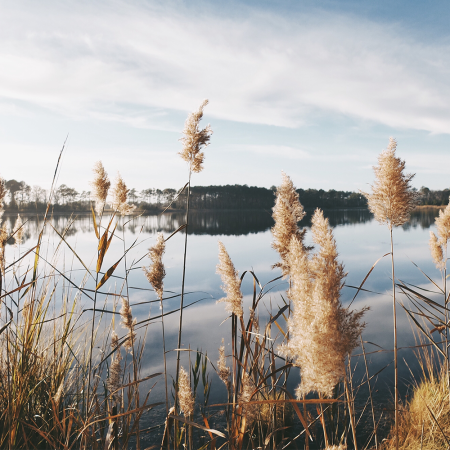What happens when climate change turns some or all of a forest’s ecosystem into something radically different than it had been before? This phenomenon is, sadly, not theoretical — when you read about parts of the Amazon rainforest potentially becoming savanna, that’s arguably the most pronounced example of it. Unfortunately, it’s far from the only one.
Writing at the Los Angeles Times, Alex Wigglesworth and Ian James explore a phenomenon known as “zombie forests.” That phrase comes from Avery Hill, the co-author of a recent study titled “Low-elevation conifers in California’s Sierra Nevada are out of equilibrium with climate.” That title should give you a sense of what Hill means by “zombie forests” — in other words, forests where the species of trees living there no longer match with the climate.
What does that mean, in practical terms? The Times article cites the example of conifers in the Sierra Nevada, which have long grown there. As Wigglesworth and James write, the climate in low-elevation forests is no longer suitable for new trees to grow. It won’t affect existing trees, but if those trees are lost in a fire, they’re unlikely to be replaced by representatives of the same species.
That can lead to a new set of challenges for environmental advocates and the groups tasked with managing these areas. Why? Different types of trees absorb carbon in different amounts. In 2016, a study of trees planted in Europe since 1750 revealed that those species may have contributed to global warming relative to the trees that they replaced. If the trees that replace the conifers handle carbon differently, it could have a much larger effect on the region — and the planet.
How to Spend a Perfect Weekend in the Epicenter of the Great Bear Rainforest
British Columbia’s best-kept secret is packed with wildlife, adventure and Indigenous cultureIt’s worth pointing out that an effort to strengthen forests in Germany included the planting of more trees that could thrive in a wider range of climates.
The issues raised by the study cited in the Times aren’t likely to go away on their own. Its authors call for a greater sense of awareness of trees’ suitability for a given climate — alluding to “[directing] limited resources to their most effective uses — whether it be protecting land or managing vegetation transitions — in the effort to maintain biodiversity, ecosystem services, and public health in the Sierra Nevada.” It’s an issue that far more ecosystems will be reckoning with in the years to come.
This article appeared in an InsideHook newsletter. Sign up for free to get more on travel, wellness, style, drinking, and culture.
